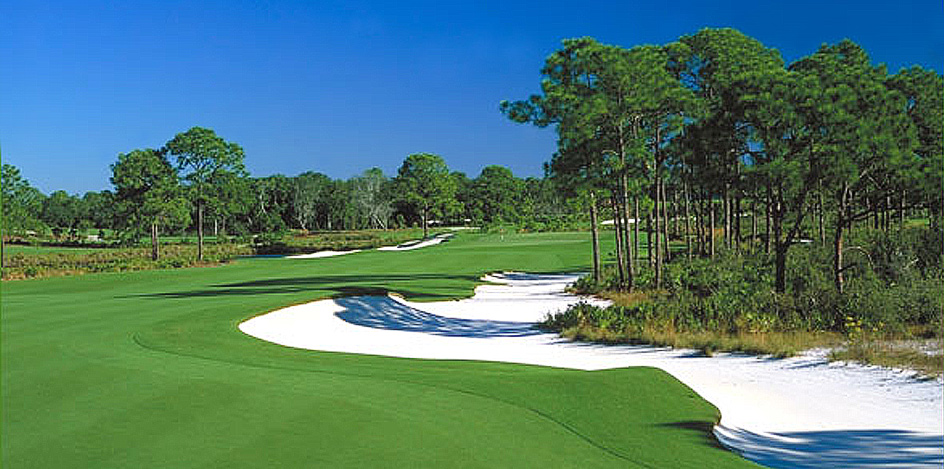Where big budgets means more for the environment than you think.
When people hear about big budget golf projects, they tend to assume that they are built with little concerns for the environment. I have been fortunate to be involved in many and can tell you, to paraphrase Mark Twain, that “it just ain’t so!” When properly designed, constructed, and maintained, golf courses can serve the players who enjoy them, as well as be valuable assets to local communities and the environment. They can function as critical wildlife habitats, run-off filtration areas, storm water reservoirs, and eco-corridors in urban or suburban areas regardless of budget.
Proper Site
If a location can be chosen to utilize land already impacted by development, then the environmental benefits from redevelopment are greater. Wildlife habitat can be created to support viable species populations where none existed before. By choosing the right location, golf development can enrich and enhance the character of the existing landscape and ecosystems and its immediate surrounds.
Actual Design
In designing a course, one needs to consider minimizing disturbance to existing topography and drainage corridors, reducing consumption of fresh water and energy resources, improving the quality of water run-off, and
setting aside land to promote flora and fauna diversity. Higher budgeted projects have an advantage as they need not be as land-use efficient, can invest in high-efficiency, water-saving irrigation, and can incorporate state-of-the-art water treatment areas and renewable energy techniques.
Construction
Significant erosion control measures should be planned to avoid offsite impact while protected habitat areas should be roped off to avoid construction impact. Construction can also be phased so disturbance to wildlife is reduced and soil erosion and siltation prevented. Again, a higher budgeted project has more flexibility to incorporate these sensitivities.
Maintenance
Incorporating state-of-the-art maintenance practices that include the adoption of an integrated pest management (IPM) plan as well as the use of all current best management practices (BMP). Implementing
these can improve the long-term quality of air, water, and soil. Applying slow release fertilizers and using organic techniques should be considered where feasible to reduce maintenance frequency.
In 2001, while working for Tom Fazio, we were involved in a high-end project that was heralded as the new standard for golf development: The Old Collier Golf Club in Naples, Florida. Guided by the principles outlined above, The Club was sited on a property amid intense residential and commercial development, and the golf course design availed only 77 acres of turf while over 150 acres were set aside for wildlife preservation and as native habitat corridors.
A water management plan using new approaches to water use and conservation was developed which included the selection of a salt tolerant turf grass (seashore paspalum) and salt-tolerant native plants, thereby allowing the course to be irrigated with brackish water and preserving local fresh water sources.
The commitment to conservation was carried throughout including the use of recycled plastics designed to meet aesthetic and environmental standards, recycling water and materials, heating and cooling systems, lighting and energy management, and equipment cleaning and maintenance. Not surprisingly, the Old Collier became the world’s first Audubon International Certified Gold Signature Sanctuary.
Over the course of my career, great strides have been made in golf course development, but I feel there are more innovations to be made where there are no wastage either within its useful life, or afterwards as nourishment
for something new. Hopefully, very soon we will be saying, “It just is so!” Beau Welling is the newly appointed designer of the Raffles Country Club Palm Course in Singapore, slated to begin in xxx, 2013.
Featured in: Golf Vacations JUN. – AUG. 2013 | Written by: Beau Welling

